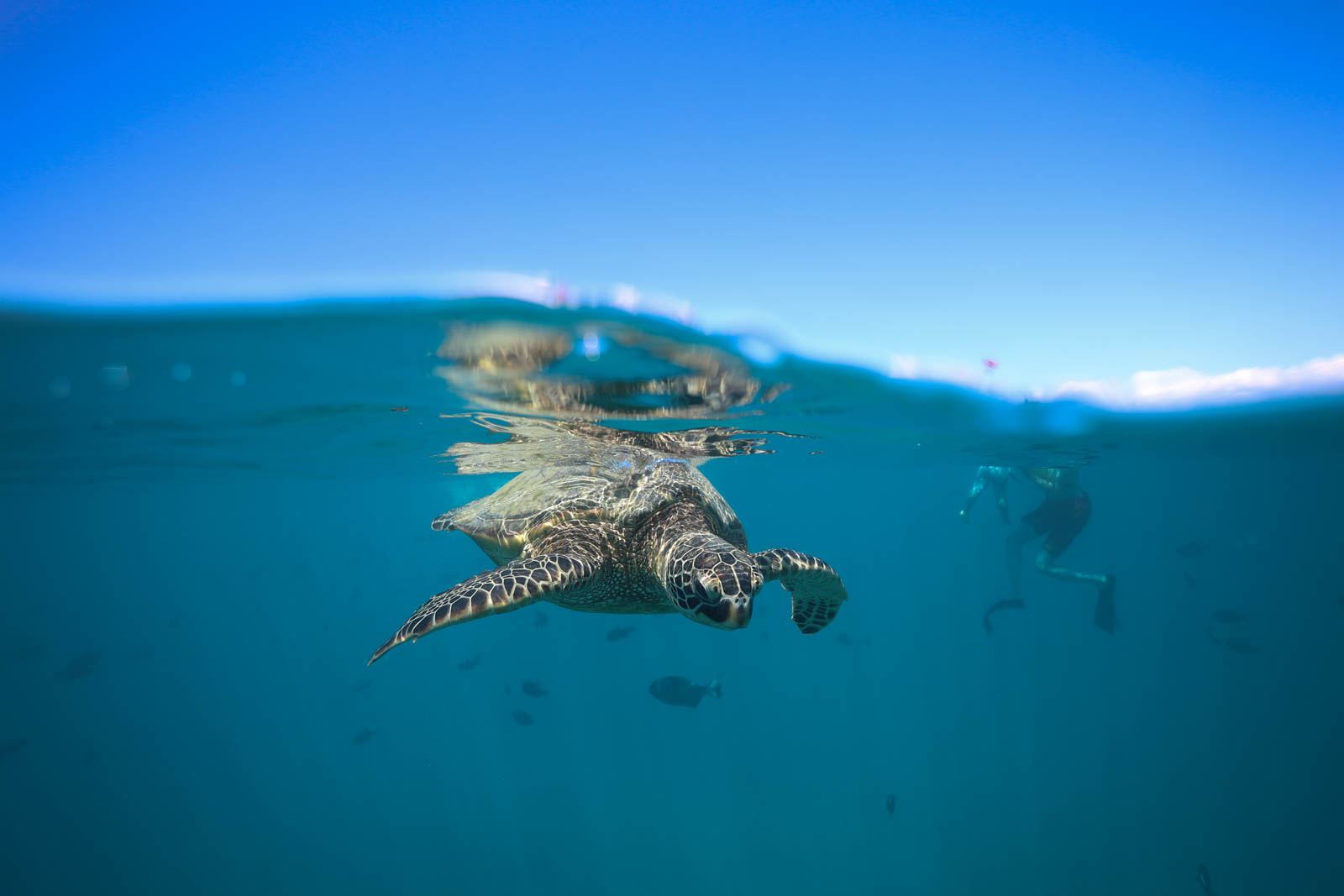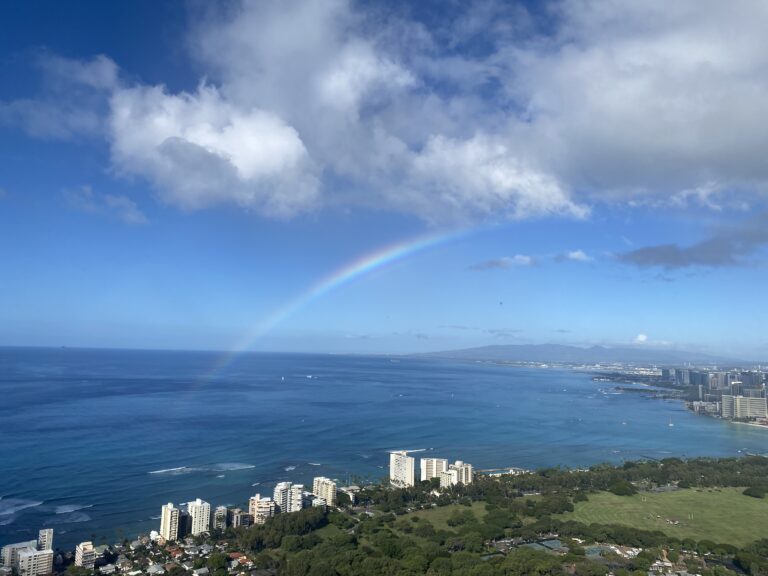Turtle have fascinated humans for centuries with their slow, steady movements and long lifespans. However, what’s often overlooked is the incredible adaption of their head and senses, which play a crucial role in their survival. In this blog, we will explore the unique anatomy of a turtle’s head, including tis sharp beak, keen eyesight, and how these remarkable creatures use their senses to navigate their world and find food.
The Structure of a Turtle’s Head
Shape and Adaptation
Turtles’ heads vary in shape, adapted to their environment and dietary needs. Some have streamlined heads for better movement through water, while others have broader heads designed for crushing hard food. The head houses essential sensory organs, all protected by a bony skull, offering them an evolutionary advantage.
The Beak
Unlike mammals, turtles do not have teeth. Instead, they possess a sharp, bony beak that varies in shape depending on their diet. Herbivorous turtles have flat, serrated beaks perfect for cutting through vegetation, while carnivorous turtles have pointed beaks designed for gripping and tearing prey. Omnivorous turtles exhibit a mix of these traits, allowing them to adapt their diet as needed.
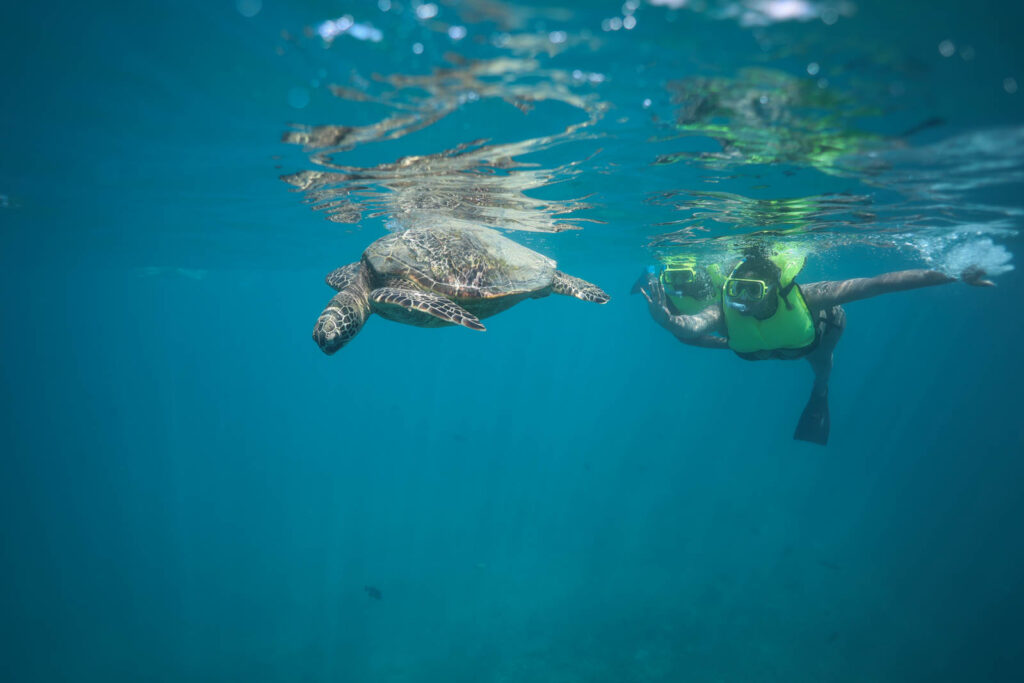
Keen Eyesight of Turtle
Vision Adaptations
Turtles have well developed eyes positioned on the sides of their heads, giving them a wide field of vision. This adaptation helps them detect predators and locate food efficiently. Sea turtles, in particular, have adapted to see clearly both underwater and on land, thanks to their specialized lenses.
Color Vision
Turtles can see in color, which aids them in identifying different types of food and navigating their environment. This ability is especially crucial for species that rely on visual cues to find their meals, such as brightly colored fruits or flowers.
Role in Navigation
Sea turtles famously use their vision for long-distance migration. Their ability to detect light patterns and landmarks helps them navigate vast oceans, often returning to the same beaches where they were born to lay their eggs.
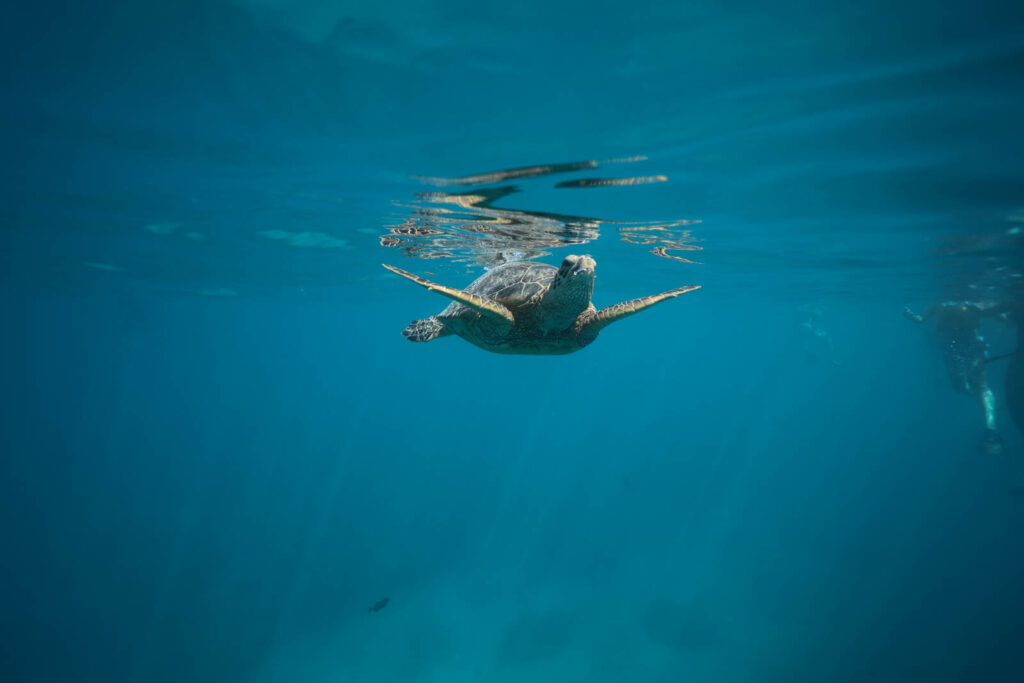
The Role of Turtle Senses
Olfaction: Sense of Smell
Turtles have a highly developed sense of smell, which they use to detect food both in water and on land. This sense is vital for survival, especially for aquatic turtles that rely on scent to locate prey hidden under mud or sand.
Hearing
While turtles don’t have external ears, they possess an acute sense of hearing, particularly for low-frequency sounds. This ability helps them detect the approach of predators or sense environmental changes, such as incoming tides or storms.
Touch and Vibrations
Turtles are sensitive to touch, especially around their heads and necks. They can also detect vibrations in the water, which helps them sense movement and potential threats or prey. This sensitivity is an essential part of their survival toolkit, allowing them to react swiftly to changes in their surroundings.
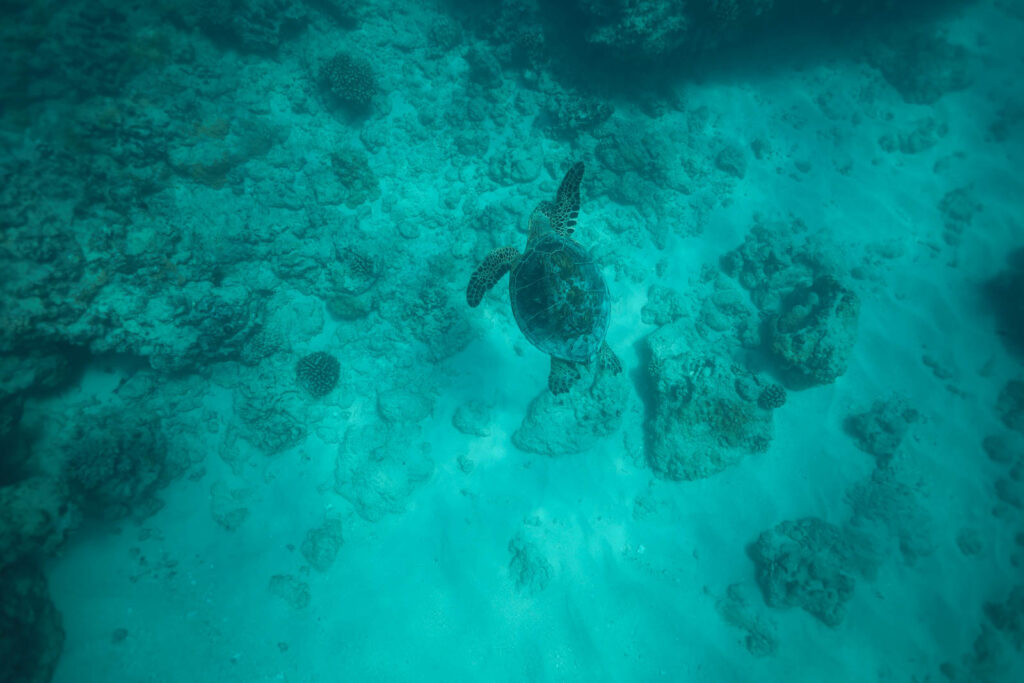
How Turtle Find Food: A Combination of Senses
Hunting and Foraging Strategies
Turtles use a combination of vision, smell, and touch to locate food. Sea turtles, for instance, graze on seagrass and algae, using their keen eyesight and sense of smell to identify nutritious patches. Snapping turtles, on the other hand, rely on their sharp beak and the ability to detect vibrations to ambush prey such as fish or amphibians.
Role of Senses in Survival
Each sense plays a vital role in helping turtles avoid predators, find food, and navigate their environment. Their ability to integrate these sensory inputs ensures they can adapt to different habitats and maintain their role in the ecosystem.
If you re eager to experience these amazing creatures up close, join our Turtles and You tour, where you can swim alongside turtles in the beautiful Waikiki Turtle Canyon. As a special bonus, every tour participant receives access to our free Turtle Trolley service, which travels to Oahu’s top destinations for seven days! Don’t miss out on this unforgettable adventure – book your tour today!

